Correction, contraction, normalization: how was the art market in 2023
Correction, contraction, normalization. Like a “tik tok tak” we scan the three downward magic words of the 2023 art market. Three key terms repeated in a machinelike fashion and reproduced as a mantra whenever there was a need to draw conclusions after an auction, a fair, any exchange in recent months. A physiological lull. The warnings were already there on the wane of 2022, and last spring’s London auctions flashed the year that would be. Of downsizing. After the 2022 post-Covid hangover (made possible by a whole host of factors, from the post-pandemic rebound to the “preservation” for two years of top lots, from mega-media single-owner collections to the euphoria of the restart, the investment, the gamble), 2023 was an, as expected, good year, but one of stalling after the fairy tale and the hangover.
Twelve months of caution, waiting, and reflection. A back-and-forth of ups and downs, flare-ups and chasms, contained and protected by so many guarantees (the “defense” mechanism used by auction houses to offload risks to “other” lenders and keep prices “controlled”) so as to keep the game afloat (when they were not used, as in May with the Gerald Fineberg Collection at Christie’s, it was a bloodbath: 38 million less than the minimum budgeted sales, 124 million against the projected 163, with resounding unsold items). A season marked by collectors’ greater attention to price and product, the wrong values, in excess, were punished, then unsold. Although often regarded as a universe unto itself, the market has felt and suffered from the changing times. A new war (one that has touched the historically most active community in the marketplace, Israel), another one that continues endlessly in Europe, perpetual global instability, crises, recessions, inflation, bank crashes. The usual, but much more manifest and marked (high spenders grow, but remain more cautious).
Numbers in hand: the 2023 of one of the majors, Christie’s (since there are no signs of life of Phillips - in the first half of the year it was 40% down on 2022 - and Sotheby’s decided to disclose data in January, last year it did so in mid-December) totaled $6.2 billion. Better than 2019 (+7%), worse than 2022 (-26%, when it had totaled $8.4 billion). Very well for luxury, a hyper-established trend in recent years, with which they try to make up for the lack of Fine Art revenue. Waiting for Sotheby’s, the figures speak for themselves: the 100 most expensive lots passed at auction in the last 12 months totaled $2.4 billion, compared to $4.1 billion in 2022 (with as many as 6 works sold above $100 million, only 2 this year). The combined first-half sales of the big three (Christie’s, Sotheby’s, and Phillips) declined 18 percent overall. The fall Big Sales (in sequence: Hong Kong, London, Paris, New York) failed to revive an essentially drab, flat, year. The only pieces that crossed the 100 (million) mark were Pablo Picasso’s Femme à la montre (1932) ($139.4 million, from Landau) and Gustav Klimt’s Dame mit Fächer (1917), a masterpiece (said to be the last canvas ever painted by Klimt) sold in London for £85.3 million ($108.4 million): the most expensive work ever to be auctioned in Europe. The Collection that was supposed to evoke the splendors of the Paul Allen (1.6 billion in 2022), the Landau Collection, totaled “only” $406 million in November, with soporific hall and all lots secured by third parties passed away quickly, banked by Sotheby’s. Of which, while we do not yet have the official figures, we know it will come out on top (in terms of 2023 annual sales) over historic rival Christie’s, a counter-take from 2022. Thanks, once again, to the help of the Luxury segment, so handbags, jewelry, automobiles, diamonds, wines, watches, real estate, and company (forecasts indicate a turnover between 7 and 8 billion; last year it was 8 billion round for Drahi’s maison).
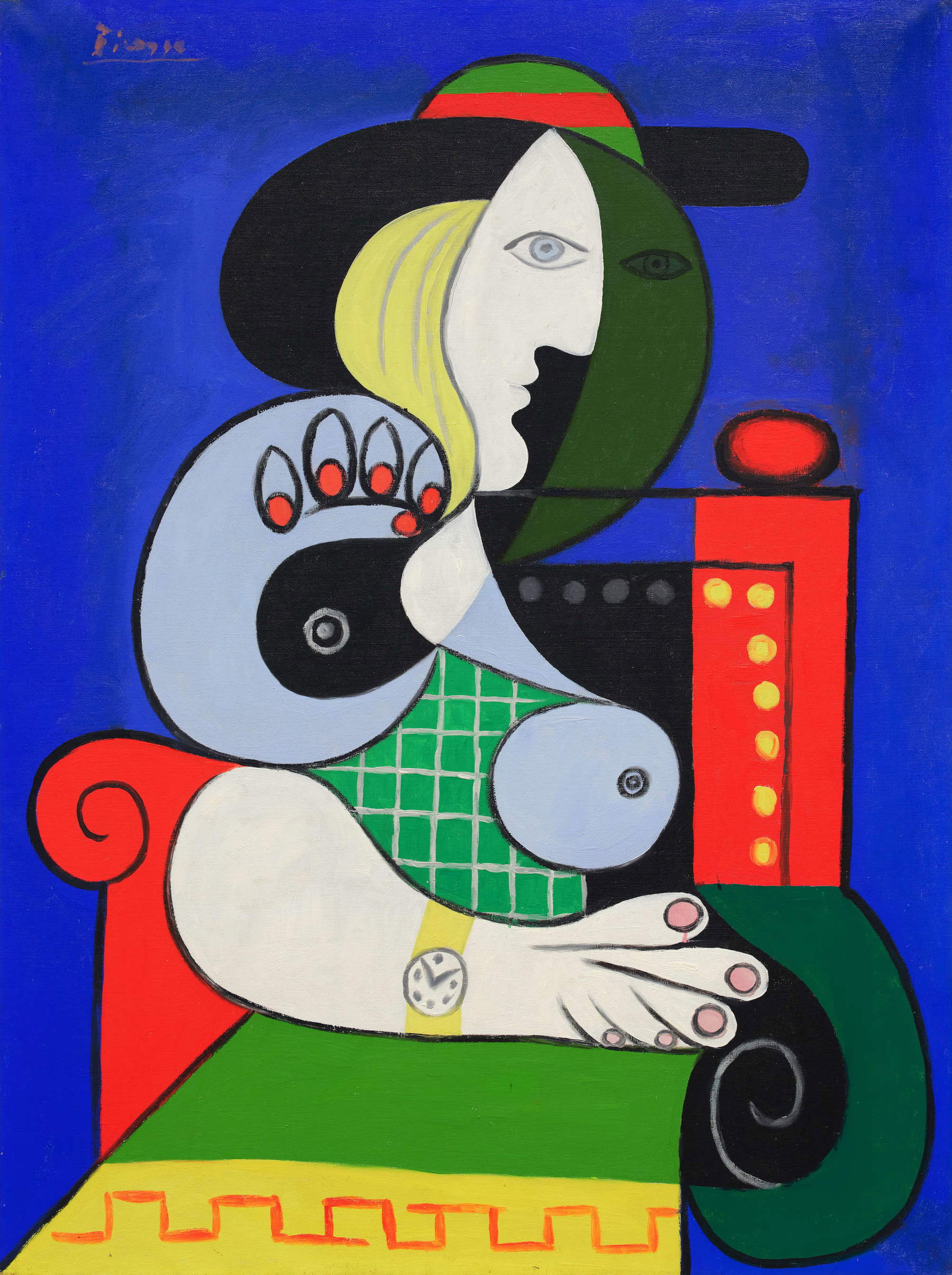
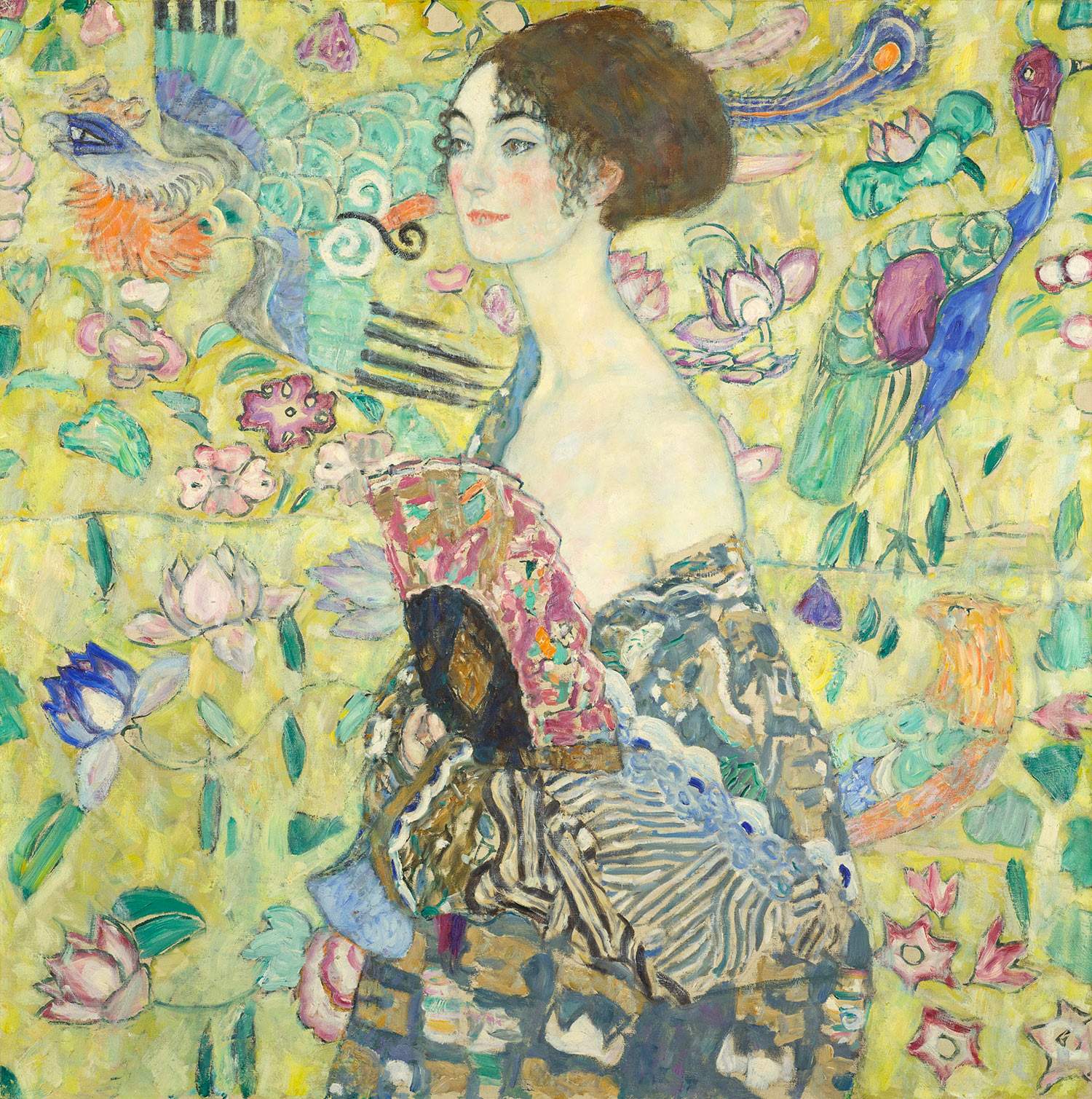
We don’t know if the future is rosy, but it will certainly be multifaceted and glittering. In the sense that the synergy (and fusion) between fashion, design, luxury, and art continues unabated. There have been overwhelming and overwhelming confirmations of this in three key centers of the system: Paris, thanks to its network of museums, foundations, auctions (remembering that Pinault of Christie’s and Drahi of Sotheby’s are French), galleries (the latest openings were those of Mendes Wood and Hauser&Wirth), fairs (after Basel, Design Miami and Thema opened; next year Mira, dedicated to Latin American art, will also open, accompanying Asia Now, AKAA Also Known as Africa and Menart, focused on the Middle East) and thanks to a government that just (last week) extended the 5.5 percent Vat to all transactions; Miami, where the line between luxury and art has been lost between the sand and the ocean; Seoul, a new favorite destination for cross-collectors and fresh capital of the Asian market (with Hong Kong finally recovering post-Covid and Chinese affaire flowing back into mute - brief aside: Christie’s has seen a 30 percent growth in new collectors from China this year, certifying the health of a market that portends ample opportunity for growth; the major will open a new Hong Kong office in 2024). Christie’s, which with $1 billion in Luxury sales hit its all-time high.
Two highlights of the season: the sale, during May’s Luxury Week in Geneva, of Heidi Horten’s $156 million jewelry collection (surpassing Elizabeth Taylor’s collection, which sold in 2011 for more than $137 million); and the adjudication, also in the Swiss city, again during Luxury Week but in November (on the 7th), of one of the world’s rarest blue diamonds for $44 million, the fourth blue precious ever sold at auction. Another crucial circumstance: two days later, on Nov. 9, on Christie’s stage at Rockefeller Center, the historic (for 38 years) Finnish auctioneer Jussi Pylkkänen presided over his last auction in New York (winning, among other things, the third top price of the year, Monet’s Le bassin aux nympheas for $74 million). The end of an era, or at least a significant fact for the narrow clique of the market.
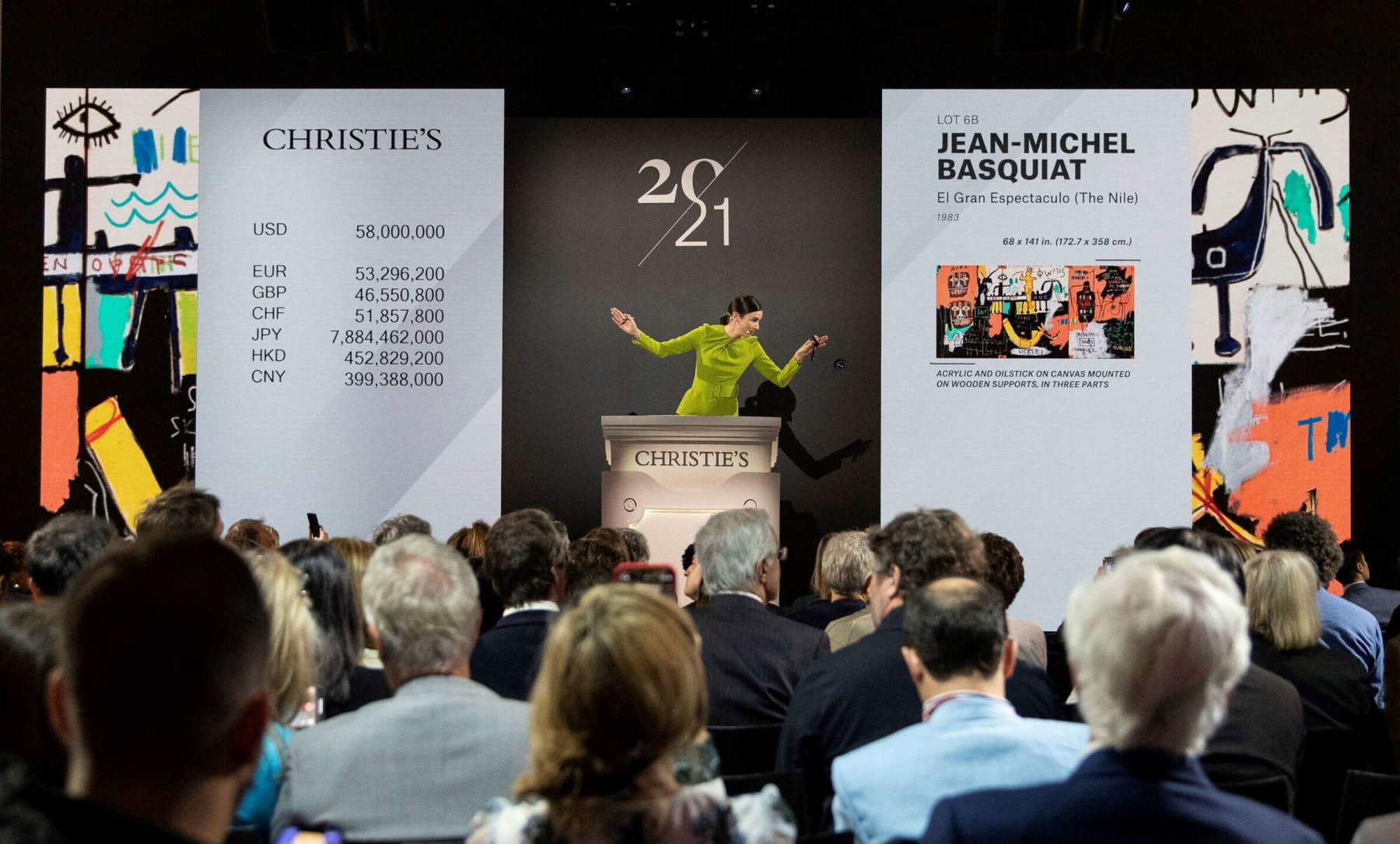
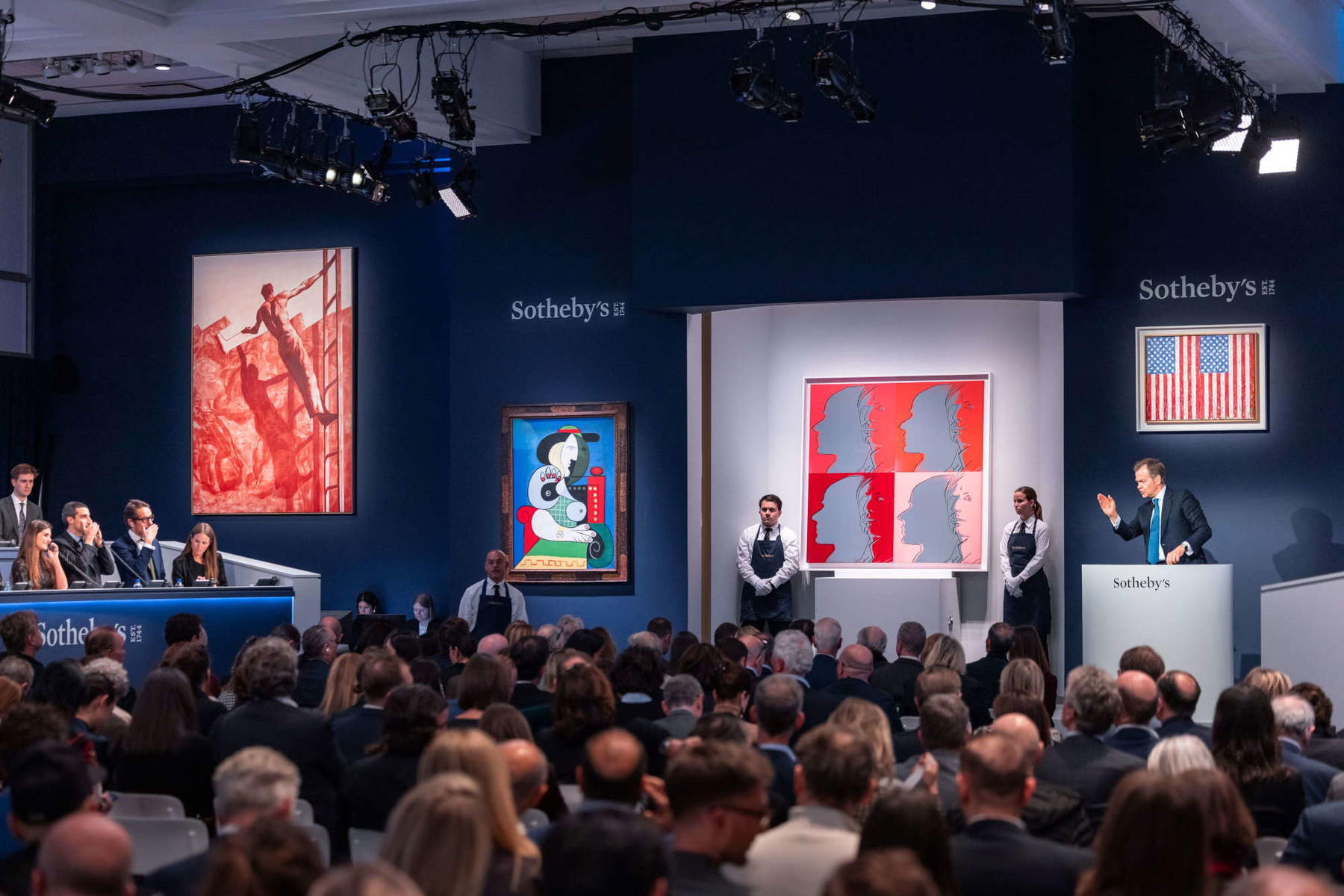

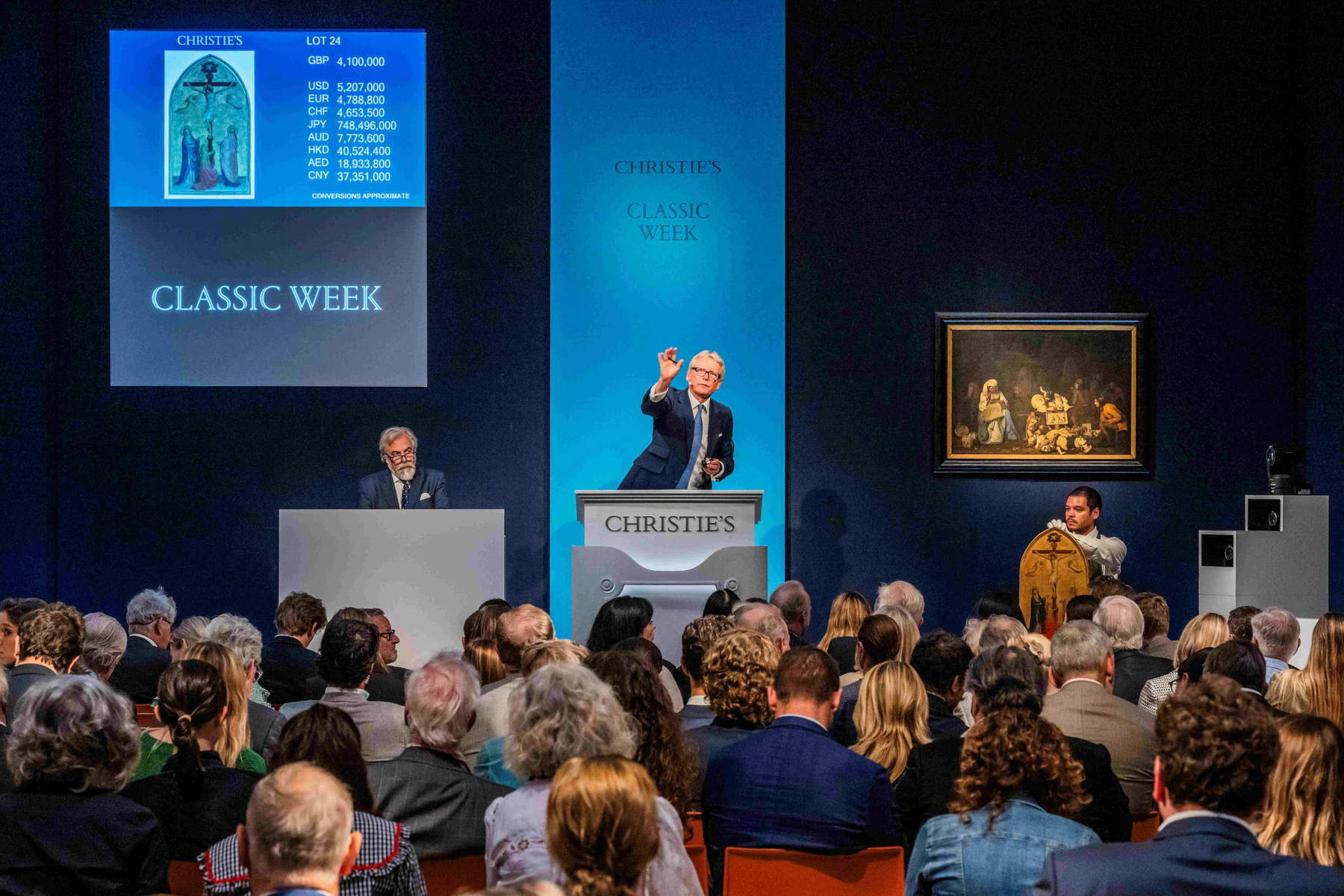
If Paris and Hong Kong are flying thanks to the queen of fairs, Art Basel, in the respective versions custom-embroidered by patron MCH Group (Paris+ in October, Basel HK in March), rival Endeavour, which owns the Frieze brand of fairs and has acquired the two top Armory Shows in New York and Expo in Chicago, gets the Korean capital, Seoul, off the ground (in September). But not only that. Because it was news just a few months ago that the very exhibition giant (with private, branching interests) based in London has put a foot in one of the most important public cultural projects on the exhibition calendar: the Venice Biennale. It was an event that passed quietly by, categorized as an inevitable passage, which saw Frieze forge a partnership with Britain to build its national pavilion at the Giardini. A logical and almost ordinary symptom of the times they are. Those in which stable continues the vertigo of figuration. Still trending are the binomials woman-ultra-contemporary and gender identity-extra-European.
If we look at the last five years, the number of adjudications of so-called red-chips (artists who are “burning” in bubble scent, speculative) above one million has increased by 366.7 percent. In total, the number of dollars moved more than quadrupled from 36.9 million to 194 million. Sixty-seven of the top 100 results in 2023 are precisely works in which the figure is present. Figure, which, thanks in part to one of these new contemporary legends, Nicolas Party, class of 1980, and a well-thought-out direction, set the tone for Operation Salvo. Our Salvatore Mangione has been one of the most relevant trends in the international market. His run-up started last year, with his easy paintings, especially the color-saturated landscapes much loved by Americans and Chinese, consistently fetching prices above estimates. II 2023 has been the year of consecration: the top 14 adjudications have all occurred in the past few months, as many as 27 of the last 30 (with the other three going back to 2022). The escalation of records has been tight: in May an Untitled from Farsetti (€284,000), in October The Day was Full of Lightning the Evening the Stars Will Come from Christie’s London (€800,000), in November The Morning from Christie’s Hong Kong (€1 million). Madness or not, this is also the art market-system. Save aside, forecasts for 2024 continue in the “normalizing” groove of 2023. No bang in sight. Barring any surprises.
Warning: the translation into English of the original Italian article was created using automatic tools. We undertake to review all articles, but we do not guarantee the total absence of inaccuracies in the translation due to the program. You can find the original by clicking on the ITA button. If you find any mistake,please contact us.




























